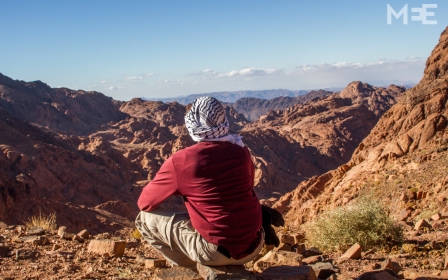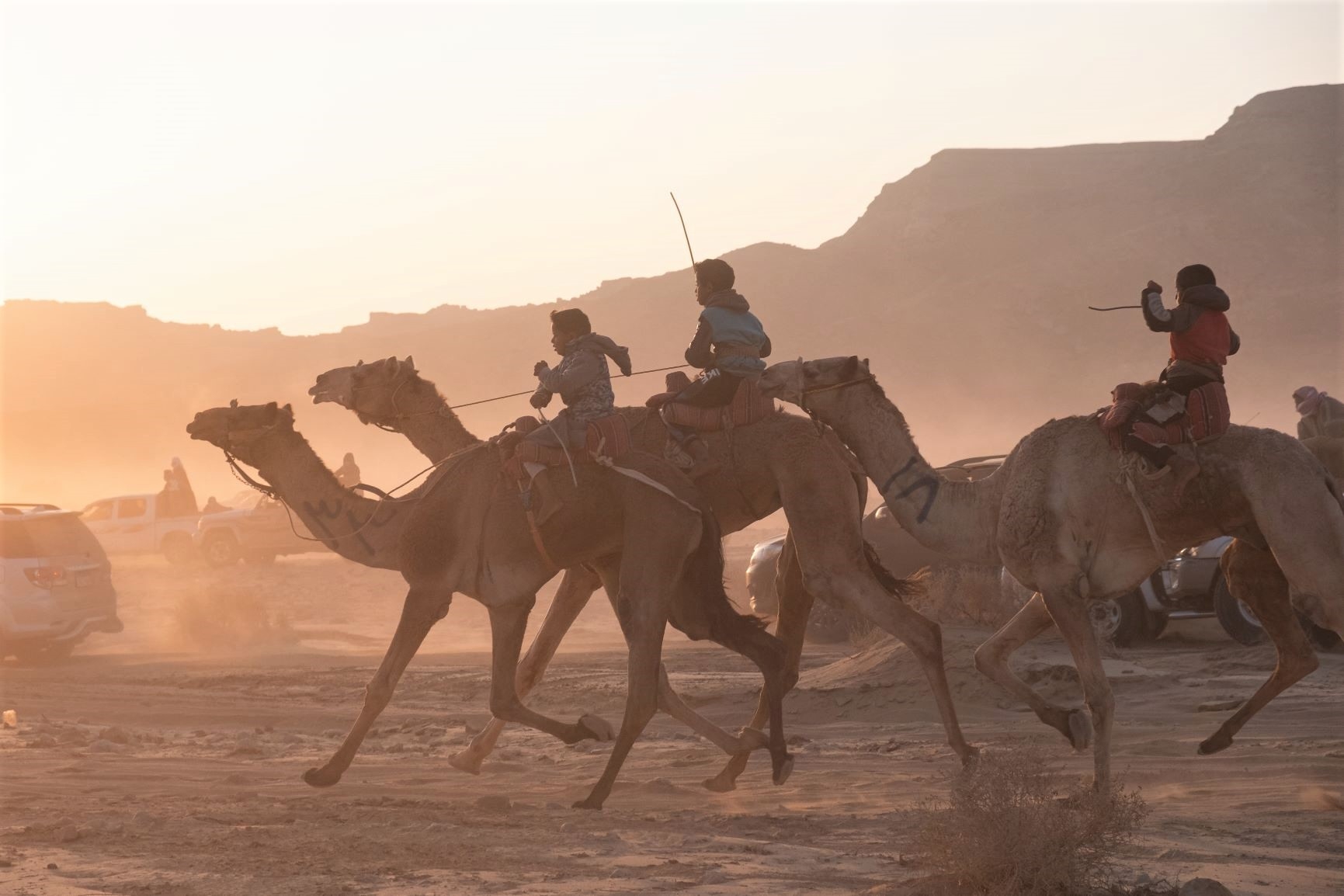
In pictures: Egypt's epic Zalaga camel race
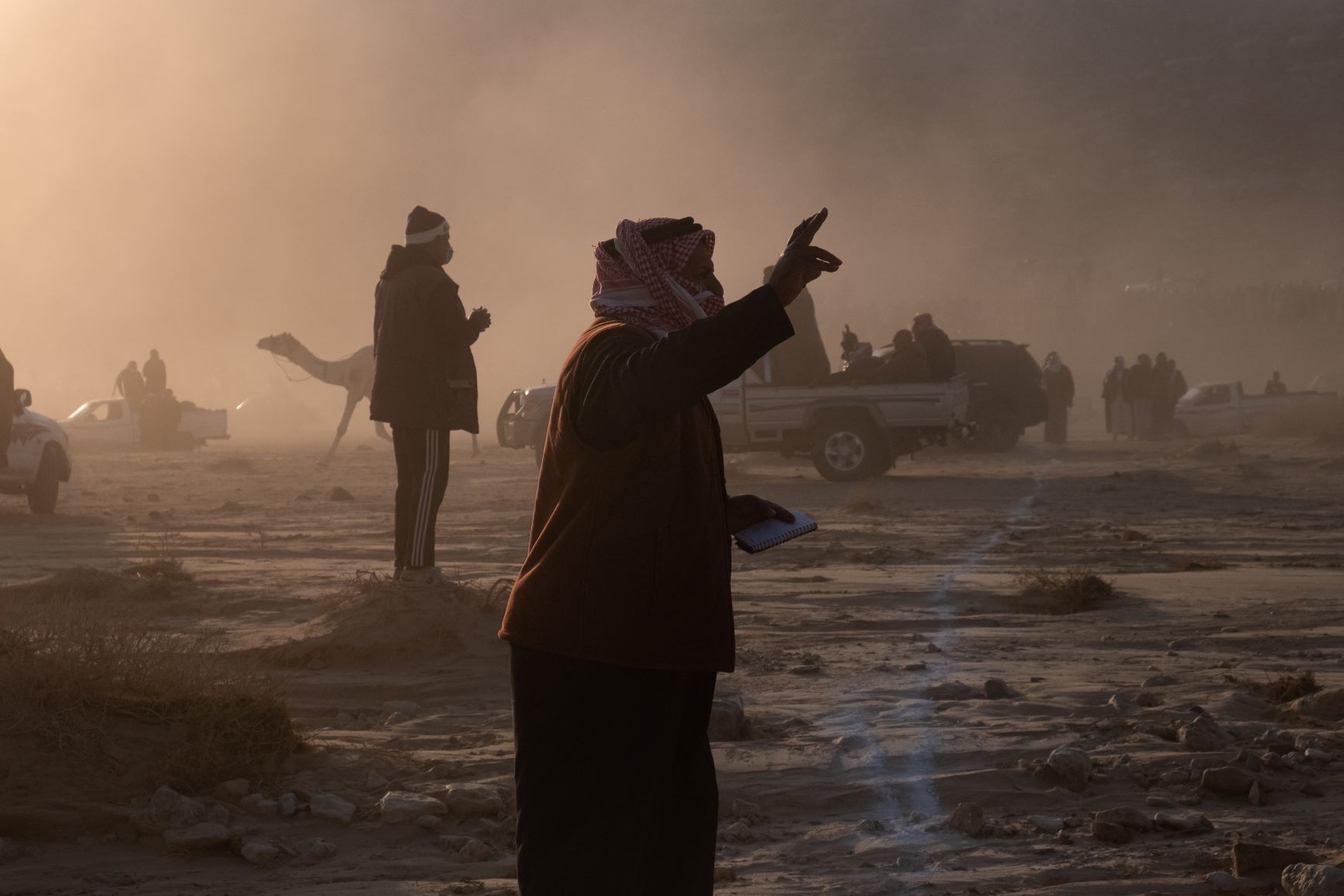
On a bitter January morning, the first rays of light pour into the Zalaga Valley revealing dramatic vistas made up of yellow rock swept plains against jagged mountain peaks. The desert’s foreboding calm is interrupted by the bustle of excited men and boys preparing for the day ahead. Few have slept. “There’s a serious sum of money on the line,” says Khedr, 70, an elder among Sinai’s Muzeina Bedouins. In the hours ahead, Khedr’s tribe will battle the rival Tarabin tribe, in an epic 30 kilometre long camel race across the desert. At stake is a four by four, an unannounced cash prize, and most important of all, bragging rights.
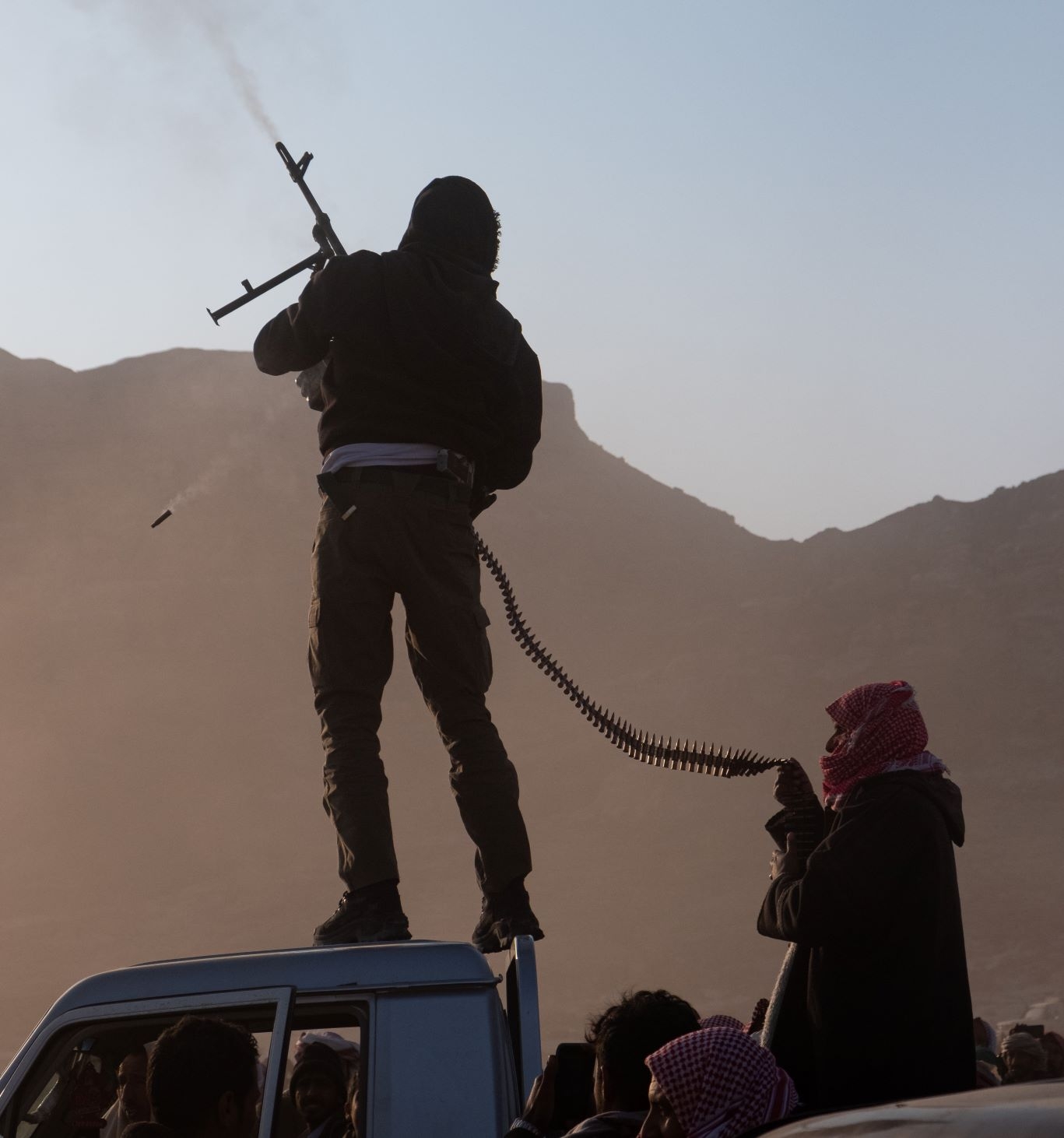
The Muzeina and Tarabin Arabs of Egypt’s Sinai peninsula have long lived side by side in relative harmony, but have nevertheless developed a rivalry worthy of centuries old neighbours. Members of both tribes travel from far across Sinai to attend the annual race, which runs between two unmarked points in the desert. At the starting line, children from each tribe mount the camels, flanked by their elders in pick-up trucks. A burst of machine gun fire signals the start of the race and all advance in unison.

The race is a gruelling test of endurance across unforgiving terrain, at a time of year where temperatures can drop close to zero degrees. Still, this is territory the tribes know well. According to tradition, the Tarabin are the descendants of the Quraysh tribe of the Hijaz region in modern-day Saudi Arabia, to which the Prophet Muhammad also belonged. The Muzeina similarly trace their origins back to the Hijaz, specifically between the Muslim holy cities of Mecca and Medina.
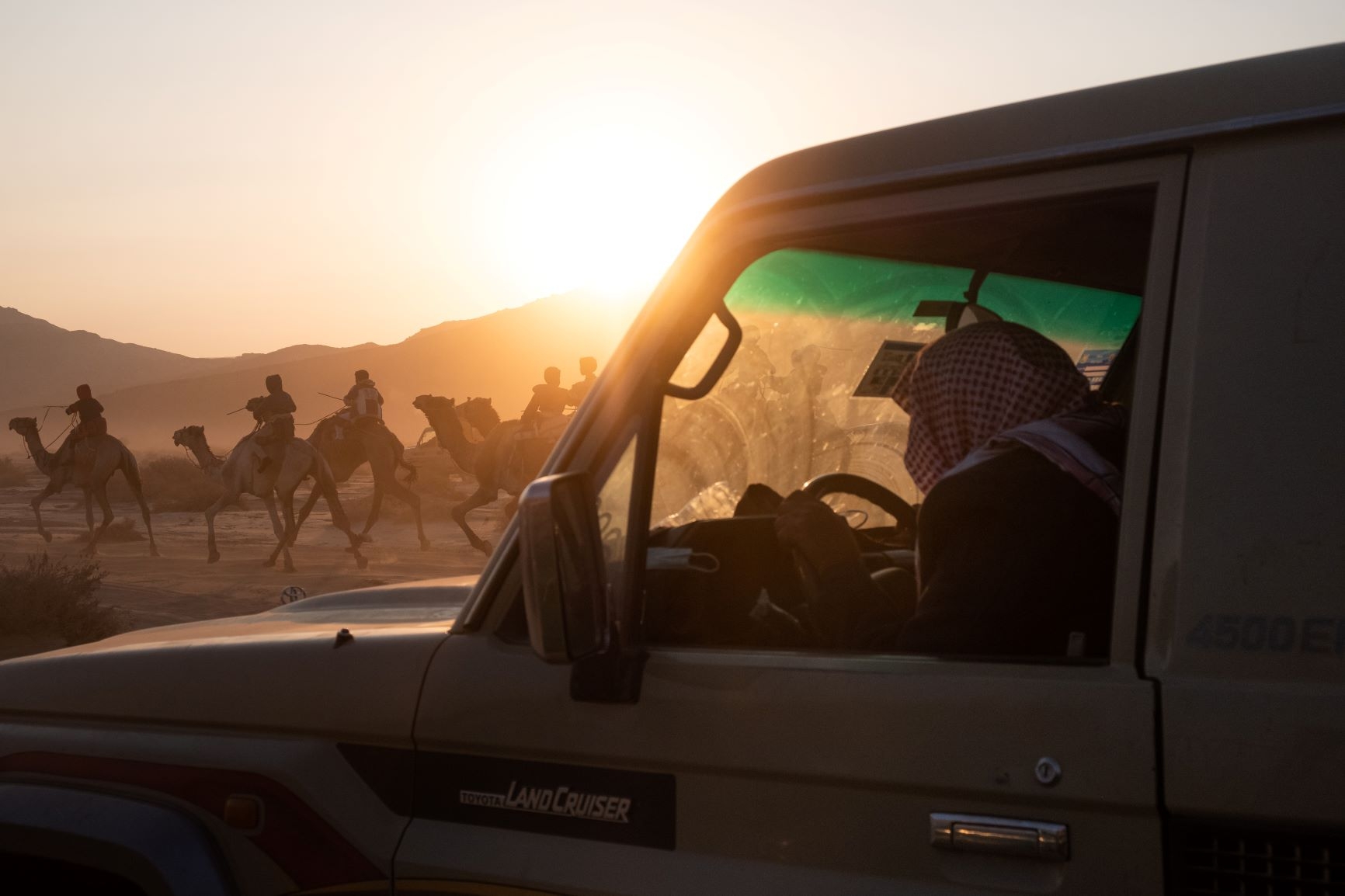
Khedr, of the Muzeina, says “the race is all about the competitive spirit”, explaining that a lot of effort goes into making sure the camels are up for the task. “It’s not easy. You need to train the camel for a few years specifically for the task of racing. The camel’s diet is (also) very costly.

The Bedouin tribes of Sinai date their practice of camel racing back to around 300 years ago and the specific iteration, involving chase cars and machine guns, is 30 years old. Camels have long been honoured by nomadic Arabs for their versatility and calm, dignified temperament. Arabian camels were domesticated around 3,500 years ago and have since been used for their ability to carry large loads across vast distances at speeds of up to 40 miles per hour. Their milk and meat is also consumed. Nicknamed "ships of the desert" by the Bedouin, camels are perfectly suited for desert life. Their long lashes keep dust and sand out of their eyes, while their slender legs paired with wide hooves, let them tread the desert sand with ease. Ibrahim Salama, of the Muzeina, says: "It gives you the chills when you watch the camels run together."

Despite extensive development of resort villages in Southern Sinai, such as Sharm el-Sheikh and Dahab, many Bedouins have yet to experience the benefits of the tourism industry. Economic marginalisation has been blamed for fuelling an insurgency against the Egyptian armed forces in Sinai, as well as drug production and trafficking. Smuggling into the besieged Gaza Strip is another source of income. Traditional modes of making a living include animal husbandry, and more recently working as guides for tourists visiting the area.
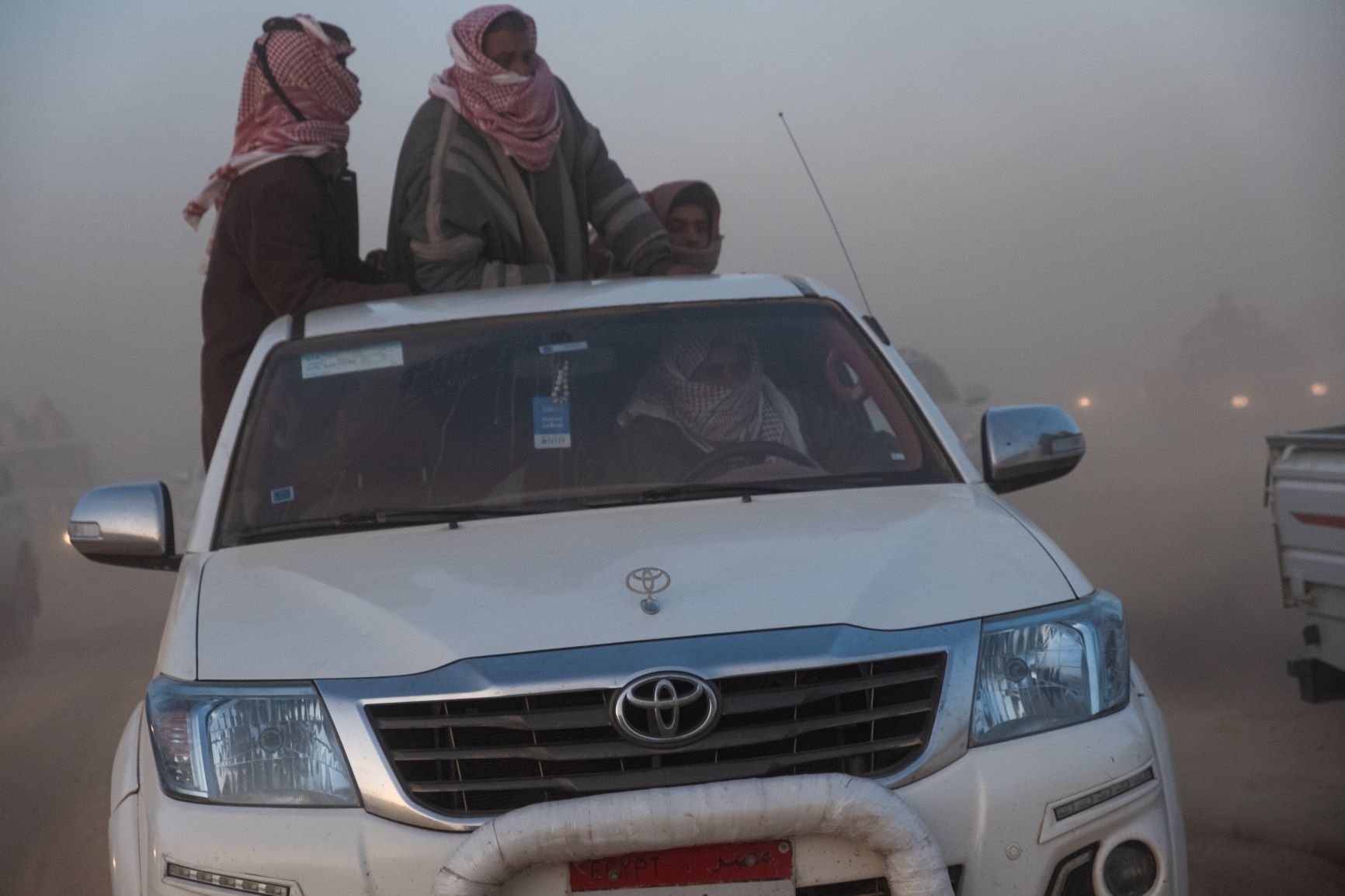
Bedouin tribes have complained of discriminatory policies by Egyptian rulers, as far back as the colonial British administration in the early twentieth century. One of the most common issues today revolves around ownership of the land, with disputes often between the tribes themselves.

Political worries seem a distant concern when the riders approach the finish. The scene turns into one of adrenaline-fuelled frenzy and machine guns are fired into the air as the race ends. After three consecutive Muzeina victories, the 2021 race was won by the Tarabin.

Given the intensity of the event, accidents involving chase vehicles are common but have not resulted in any serious injury. The coronavirus pandemic has limited the number of people who could attend the 2021 race, but the tribes are keenly aware of the potential to attract tourists. This year several four-by-four vehicles packed with local and international tourists were able to follow the camels throughout the race route. (All pictures by Mostafa Mansour/MEE)
This article is available in French on Middle East Eye French edition.
Middle East Eye delivers independent and unrivalled coverage and analysis of the Middle East, North Africa and beyond. To learn more about republishing this content and the associated fees, please fill out this form. More about MEE can be found here.




